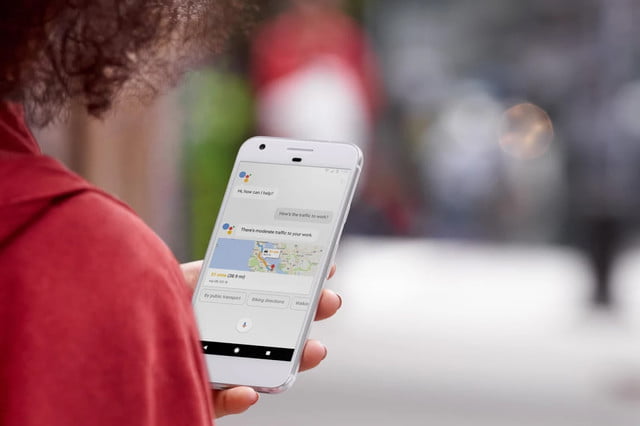
To find out how hard it could be to park, simply get directions to your destination and look for the parking difficulty icon in the directions card at the bottom of the screen. Based on historical parking data and machine learning, parking difficulty levels can vary from limited to medium to easy.
The app can also help you remember where you parked. By tapping a little blue dot that represents your car, you are able to leave yourself a parking reminder. It is an option that Apple Maps has actually had for quite some time (Apple first began offering its users parking reminders last year), but better late than never, Google.
Once you tap that familiar little blue dot, you are able to enter notes and take photos that help guide you to the exact location of your vehicle. So whether you are in an expansive parking lot in suburbia or a winding parking garage in the middle of a big city, you have the information you need to find your ride.
If you happen to be in a metered spot, Google Maps will also let you input data on how much time you have left, setting a timer to remind you to either high-tail it back to your car, or pay the piper.
On iOS, the experience is pretty much identical. Tapping the blue dot and selecting “Set as parking location” adds a spot to the map. If you connect to your car using USB audio or Bluetooth, Maps takes care of the heavy lifting for you, automatically adding your spot to the map when you disconnect and exit the vehicle.
While this is all very useful, the bummer is that none of this process is automated. That means that while you do not have to recall the location of your car, you will have to recall the need to manually set a reminder for yourself and enter all of the details. This differs from the Apple Maps feature, which lets users create parking reminders without having to input a ton of additional information. Google added automatic parking detection to the iOS app recently, but it is not quite as robust as Apple’s solution.
Update: Google rolled out an update to the parking difficulty icons on Google maps for Android and iOS.
Editors' Recommendations
- The top 7 bestselling phones of 2023 were all … you guessed it
- You’re all wrong — 60Hz on the iPhone is fine
- I put the iPhone’s Dynamic Island on my Pixel 7 Pro — and I can’t go back
- I created the perfect iPhone home screen — and you can too
- Your Google One plan just got 2 big security updates to keep you safe online


